Turning Shell Waste into Sea Life

The problem
Marine biodiversity is rapidly declining due to human activity, e.g. 85% of oyster reefs have disappeared within the last two centuries, and 50% of coral reefs have been lost in the past 50 years. This has reduced fishery yields, coastal protection and employment opportunities. To remedy this, lost natural habitats can be replaced with artificial ones. However, over 60% of artificial reefs are made of concrete, an energy-intensive material with large CO2 emissions.
Our solution
We’ve developed a novel bioconcrete, Aegironite®, made of waste shells from sustainable fisheries and natural marine binders. Unlike regular concrete, Aegironite®, doesn’t require extreme temperatures (only 200 degrees to sterilise shells), uses renewable materials, and has a pH optimum for marine life.
In addition to Aegironite, we use clay to make our artificial reefs, which has lower CO2 emissions than concrete, as it requires less heat to produce, and is less extractive.Using these materials, we 3D print and cast artificial reefs and place them in ecosystems damaged by human activity to increase biodiversity and restore marine ecosystems.


















